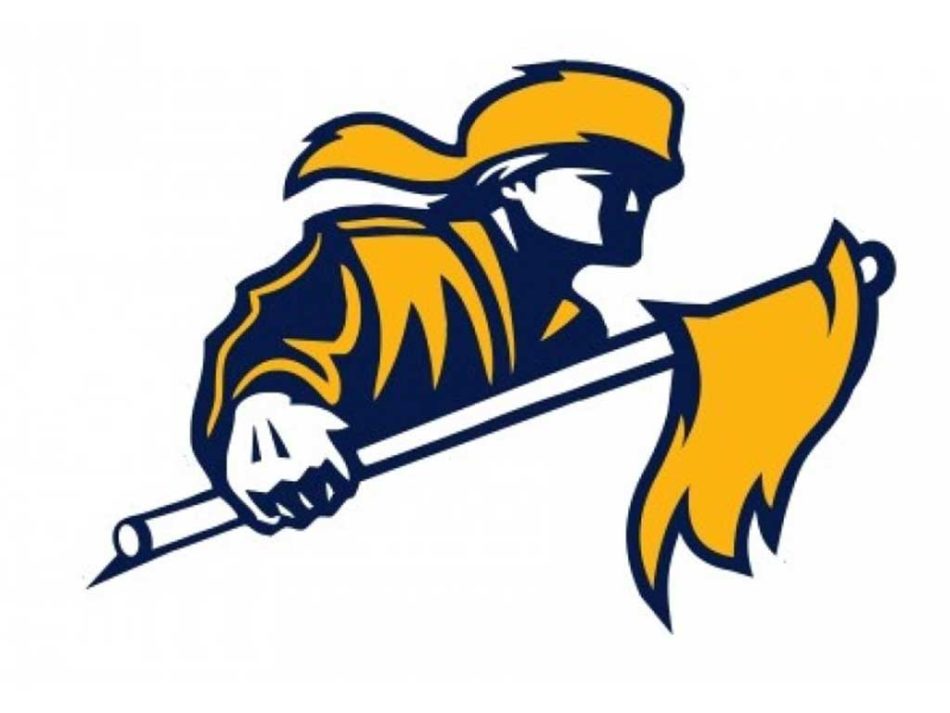By DAN TOMASELLO
LYNNFIELD — The New England Association of Schools and Colleges (NEASC) has accredited Lynnfield High School once again, Principal Patricia Puglisi said during the School Committee’s Jan. 9 meeting.
Puglisi recalled that a visiting team from NEASC made its decennial visit to LHS for its accreditation this past October. The high school was previously accredited in 2011.
“NEASC changed its way of doing business back in 2020,” said Puglisi. “We were under that new accreditation process, which is a 10-year cycle that is really focused on growth. The heart of the growth is student learning. It’s about constant improvement and meeting kids with where they are at.”
Before discussing the report, Puglisi showed the School Committee a video created by sophomores Jack Cuddy and Dylan Nguyen that highlighted the average day at LHS.
“The kids are really the heart of our school,” said Puglisi. “The NEASC report commended us for the relationships between students and faculty, and the type of community that we have. It’s really great.”
NEASC’s report recommended that Lynnfield High School “develop a deeper understanding” of the Multi-Tiered System of Support (MTSS), the District Curriculum Accommodation Plan (DCAP) and Universal Design for Learning (UDL) initiatives’ “process to ensure tier-1 interventions are implemented with fidelity for all students.”
“We have been working on that at the high school,” said Puglisi.
School Committee member Phil McQueen asked if high school teachers need more professional development time to implement NEASC’s recommendations for MTSS, DCAP and UDL.
“I think we need to continue on with the professional development on the Multi-Tierred System of Support and the District Curriculum Accommodation Plan,” said Puglisi. “Those are things that have become part of our language at the high school this year, but it’s something we can expand on more going forward.”
Puglisi said NEASC’s report also recommended that the high school “connect Vision of the Graduate to curriculum, instruction and assessment across all disciplines.” Vision of the Graduate, which is now being mandated by NEASC for all public high schools, entails having freshmen create a Google Site webpage as part of their portfolio defense. Students in turn use the portfolios to archive evidence from their four years of high school. Students will use the evidence they collected in the portfolios to demonstrate they are proficient with the Vision of the Graduate’s focus areas that seek to have students become problem solvers, globally aware, advocates for social justice, lifelong learners and communicators.
“Vision of the Graduate really focuses on the skills-based education where we are using content to develop skills that will help students find post-secondary success,” said Puglisi.
Puglisi said NEASC’s report also recommended that the high school revamp its schedule in order to provide “additional opportunities for students to participate in expanded electives.” She said the high school’s Program of Studies for the 2024-2025 academic year seeks to create new electives for high school students (see separate story).
“Right now, students sometimes have two or three studies, which is concerning,” said Puglisi. “The Program of Studies is aimed at fixing that problem.”
Puglisi also said NEASC’s report recommended that the high school’s Internet and Wi-Fi issues be addressed to ensure there is “consistent Internet access, hardware and robust technology learning tools to create fully integrated and engaging lessons for students.”
“We have had some Internet issues at the high school,” said Puglisi. “The team has been working on it and providing updates regularly to faculty and staff. Teachers want to use a lot of technology, but that is difficult if you can’t depend on it.”
School Committee Chair Kate DePrizio said the report’s recommendations were “not a surprise to us.”
“Those were all places that we were intentionally putting growth in,” said DePrizio.
Puglisi agreed.
“These recommendations correspond almost seamlessly with our school improvement plan,” said Puglisi.
Puglisi also said NEASC’s report included several commendations that included focusing on “professional learning related to UDL and MTSS” as well as developing Vision of the Graduate. She also said the report commended LHS for working to provide METCO students with the ability to be “fully involved in school and pursue robust post-secondary options.”
Additionally, Puglisi said NEASC commended the high school for implementing project-based learning initiatives in order to “provide dynamic learning opportunities for students.” She also said NEASC commended the high school for working to help students and staff develop “strong relationships,” which she said are “the foundation of the culture and community at LHS.”
“That is something we are very proud of,” said Puglisi.
Acting Superintendent Tom Geary congratulated Puglisi on Lynnfield High being accredited by NEASC once again.
“This is a lot of work and it’s a lot of added work in addition to the regular day,” said Geary. “I want to thank you for doing it. Every teacher is involved, and it is a massive undertaking every 10 years as well as a year or two beforehand.”
Puglisi thanked retired LHS Principal Bob Cleary and former LHS Assistant Principal Brian Bates for laying the groundwork for the high school’s accreditation.





